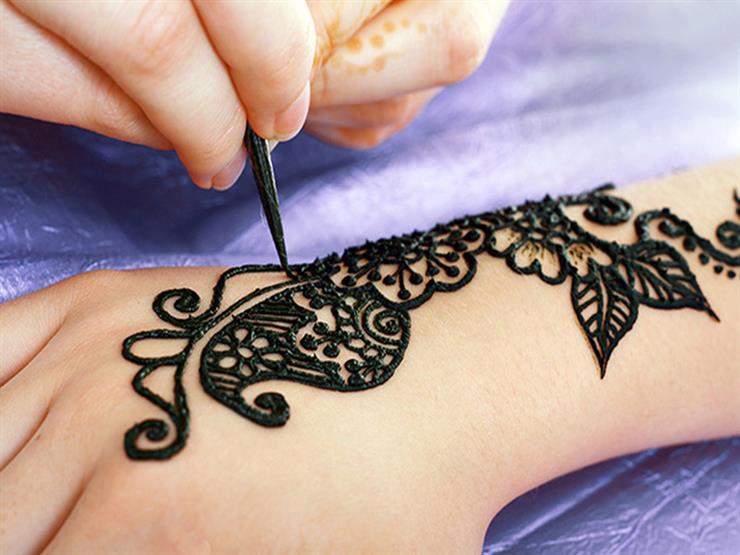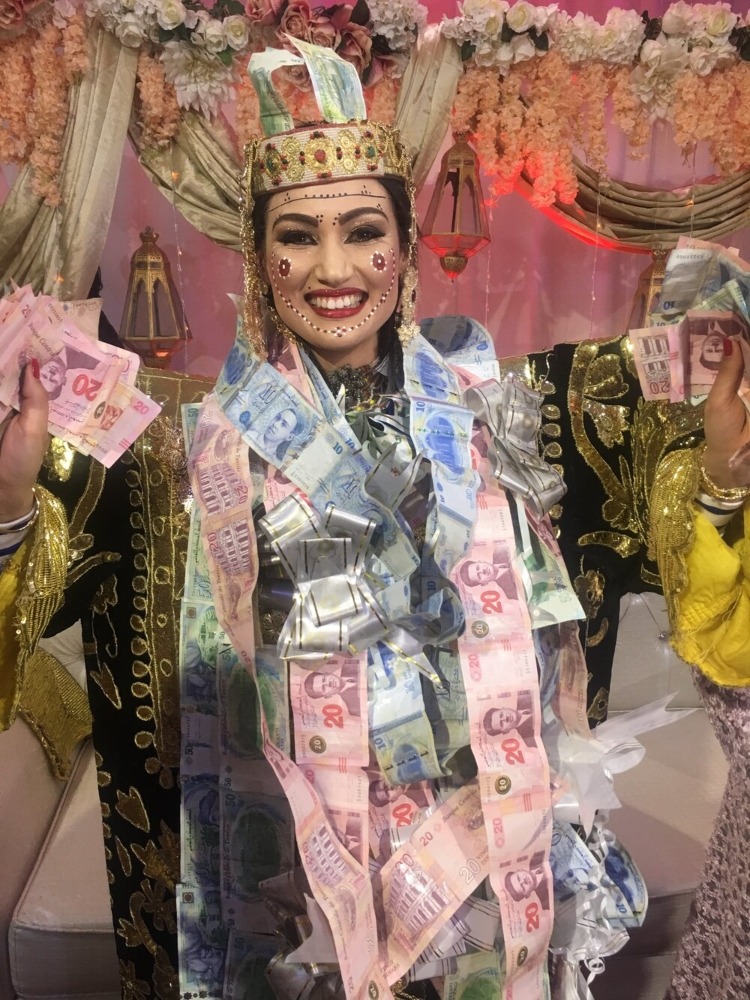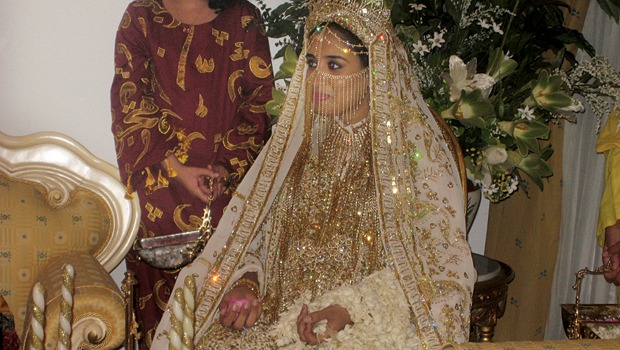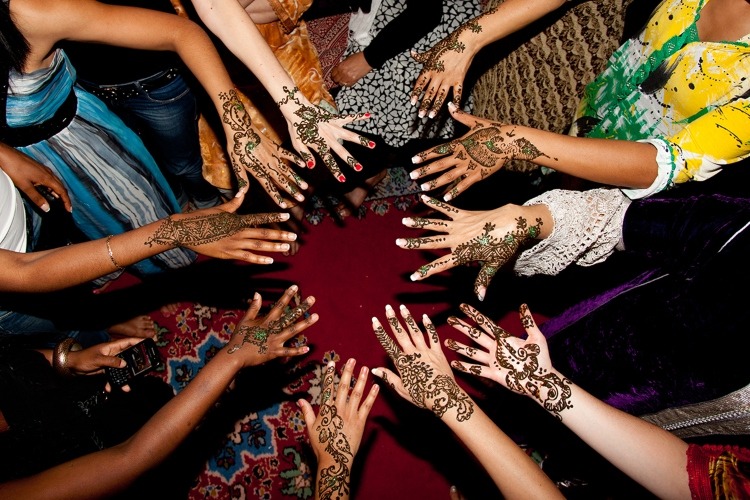In the Arab world, there is one particular pre-wedding celebration that many brides-to-be look forward to with extreme anticipation, the infamous henna party. It’s a way for the bride to celebrate her final night of being single and it is a day full of dancing, music and fun. Across the region, the special day gets celebrated in many different ways depending on the country’s traditions and customs. For a bit of fun, we are taking a look at how a typical henna party is celebrated across the region.
Egypt
In Egypt, henna plays a special role in the country as the body art tradition itself stems from Ancient Egypt, a time when prominent figures like Cleopatra used to adorn and decorate their bodies with henna. Today, it still plays a big role especially as a prominent pre-wedding celebration. All across the country, a henna party is usually celebrated within the home of the bride during an intimate gathering among her closest female friends and family.

On the special night, everyone wears vibrant dresses and dances to energetic Egyptian music. Along with that, henna gets applied to the guests and the bride herself. Adding a unique touch to the henna tradition, in Egypt there is also the practice of having women place their feet in water filled with roses prior to getting decorated with henna. When it comes to the symbolic meaning behind the tradition of applying henna, in Egypt it is believed to be a symbol of fertility, beauty and protection from evil spirits.
Tunisia
Weddings are taken very seriously in Tunisia as the country is known to go for a 7-day extravaganza with one of the days reserved for the special henna party. During a typical Tunisian henna night, the bride to be usually goes for a big celebration, inviting friends, family from both sides and even the community at large to celebrate. All the guests are there to wish the bride luck because In Tunisia, henna is believed to bring good luck to the future couple.

Along with the elaborate henna designs that are drawn on the bride’s hands and feet as well as some of the guests, there is also another special ritual practiced on this day in Tunisia. Guests would form queues and each one would take a turn to place money between the bride’s fingers or around her neckline. Sometimes, gold is even offered as a gesture of support. Beyond that, the bride herself dresses up in a way that makes her the star of the night. Exuding extravagance, the bride wears large flowing gowns and adorns herself with jewels and gold.
Morocco
Just like Tunisia, Moroccans have their very own unique henna party traditions. The bride-to-be usually goes for a lavish party, making sure to go all out with the decor opting for a Moroccan vibe. This could be through ruby lightning, gold tables or Moroccan-style pillows. The festivities themselves begin with cocktails, hors d’oeuvres followed by a traditional Moroccan dinner.

Right after dinner, the bride and groom would go through a quick costume change for the henna ceremony and then the couple are carried to their seats while they are atop carriages lifted by family members. While holding plates of cookies and sweets, the female guests usually dance around the couple as they get carried to the henna ceremony. When it comes to the henna itself, the family matriarch is the one who applies it on the bride and groom’s palms as a way to protect them and provide them with good health and wisdom.
Lebanon
Right before the wedding, there is a party as big and as special as the ceremony itself. Bringing the entire room into festive mood, dancers and drummers bring everyone onto their feet. Along with that, a common tradition is that women in the family often sing poetry to wish the couple joy and happiness.

The highlight of this event is of the henna which gets applied on the pinkie fingers of the bride and groom. Adding a touch of tradition to the henna party, guests also sometimes wrap the couple’s henna fingers with either gold or money.
Saudi Arabia
Joining in on the henna night festivities is Saudi Arabia who have a special name for the pre-wedding party, “Laylat Al Ghumra”. On this day, the bride-to-be makes a grand entrance into the room. Loud music booms out as her mother, sisters, and aunts dance around her. She later gets covered in gold by her closest friends and family as a way to celebrate her upcoming special day.

For her dress, beyond the customary gown, the bride-to-be also sometimes wears a shimmering golden niqab. When it comes to applying the henna, one of the bride’s relatives is the one responsible for this task. That particular relative has to be happily married or she’d bring bad luck to the bride. She is the one who paints the bride’s hands with henna.
Palestine
To a lot of Palestinian women, the henna night is a very important celebration. That is why they usually go for a big party set in a large hall with guests galore. What makes a Palestinian henna unique is the traditional attire worn by the bride-to-be. She usually dresses in a traditional, hand-embroidered gown known as the “ithyab”. These gowns are quite special because they are often handed down from grandmothers. The embroidery is usually extremely intricate, beautiful and complex, making the bride-to-be the center of everyone’s attention.

Along with the special dress is the practice of applying henna on the future bride. For Palestinians, it is believed that henna represents people’s connection with the Earth as well as joyous occasions. On the henna night, women would gather together and make the henna paste which is spread on a tray and decorated with flowers. The henna then gets scooped up and piped onto the bride-to-be’s hands.
All these unique traditions showcase the diversity of Arab culture across the region and how a custom that is present in all Arab nations can be practiced and perceived so differently in each one.



